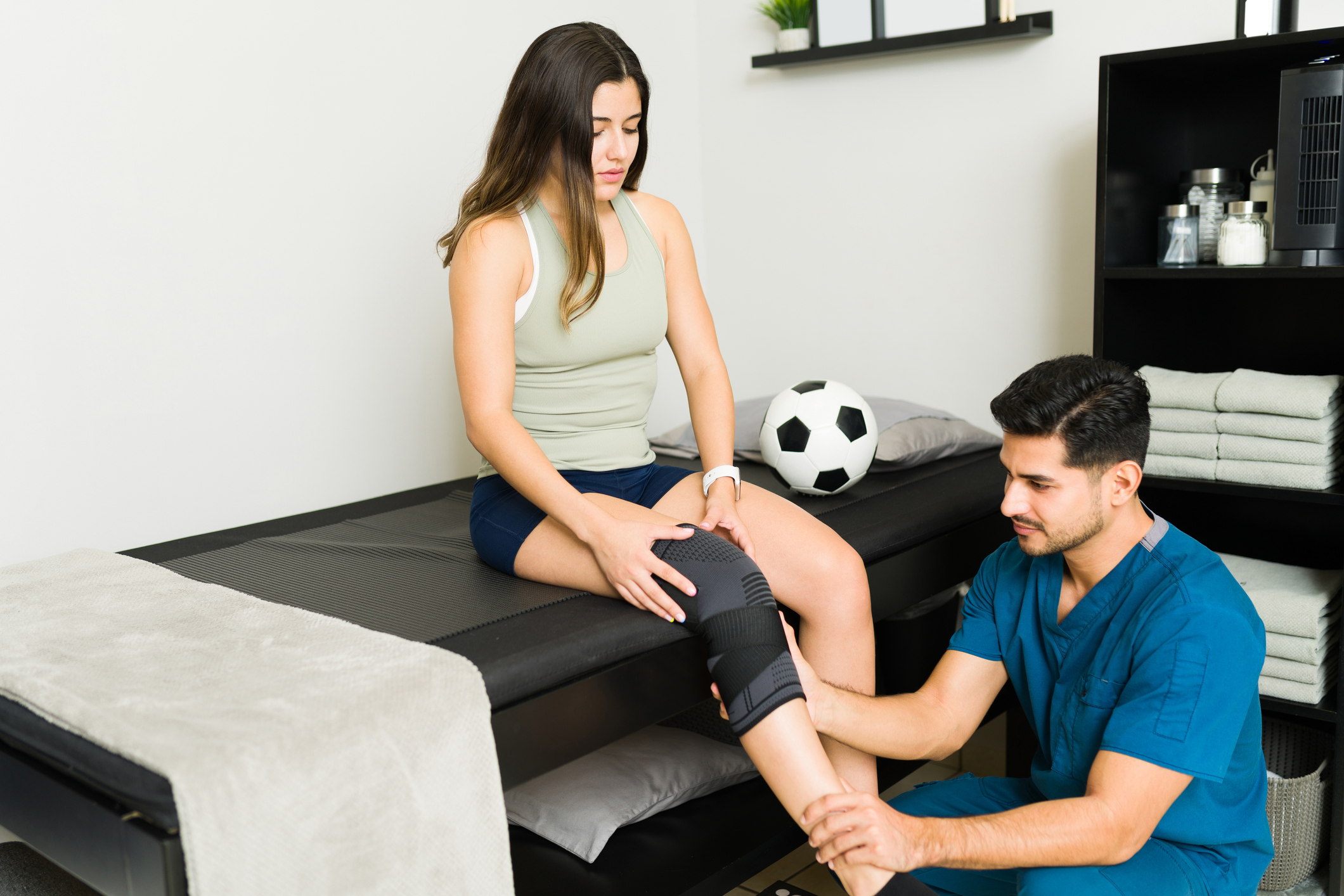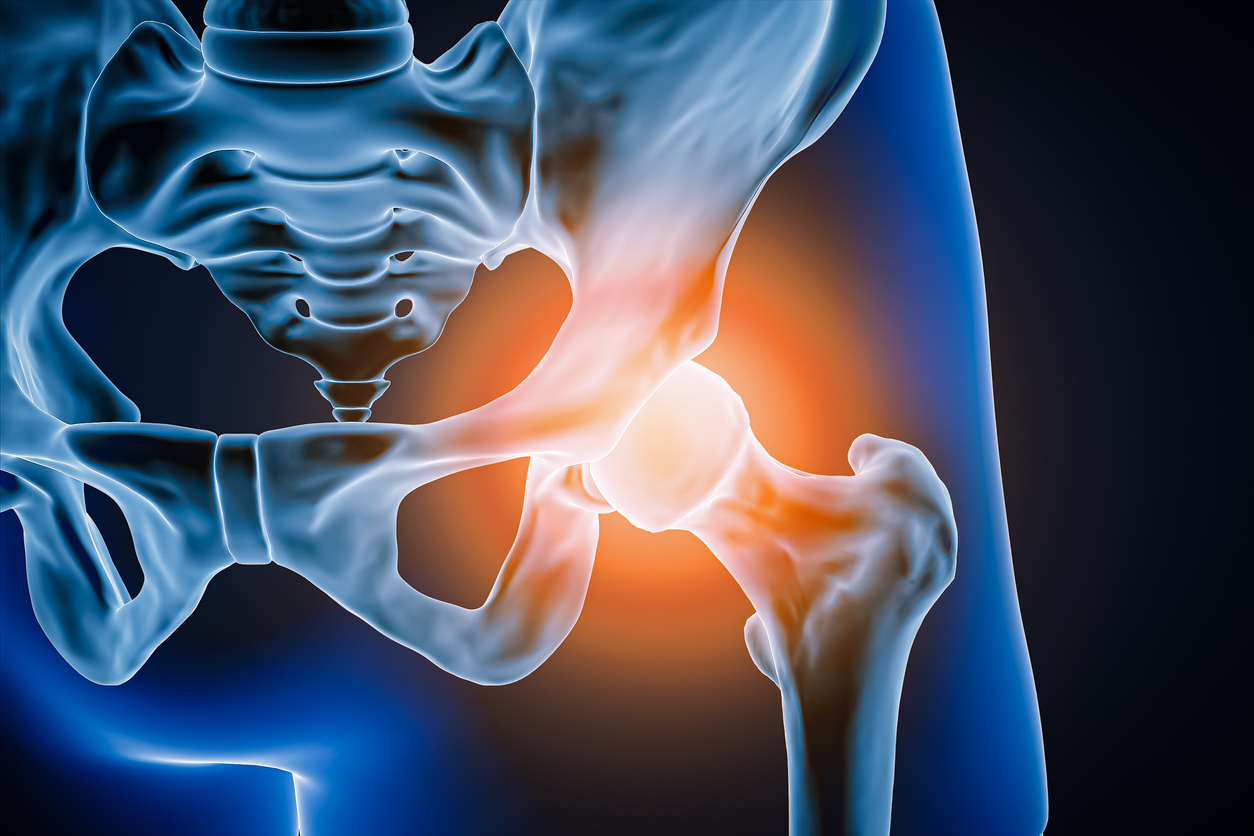
Meniscus Tear FAQs – Answering Your Questions
Meniscus tears are among the most common knee injuries, especially for athletes or those with active lifestyles. These injuries can be a source of significant kKnee Pain & ACL Injury | Chapin, SC | Palmetto Bone & Jointnee pain and discomfort, often leading to questions about the best course of action for treatment and recovery. At Palmetto Bone and Joint, we understand the concerns that arise with a meniscus tear diagnosis, but we’re here to help.
In this post, we want to provide clear, helpful answers to your frequently asked questions about meniscus tears. From understanding the basics of a meniscus tear to exploring treatment options and recovery expectations, our goal is to guide you through your journey to healing and optimal knee health.
What Is a Meniscus Tear?
A tear in the meniscus is one of the most common ways to injure your knee, and it is particularly prevalent among individuals engaged in sports and physical activities. The meniscus is a piece of cartilage in your knee that helps provide a cushion for the movement of the joint, as well as some crucial stability. Each knee has two menisci, one at the outer edge and one at the inner edge. A meniscus tear can occur in any of these cartilages, leading to pain, swelling, and limited knee movement.
Often, meniscus tears result from a twisting or turning motion, especially when putting the body’s entire weight on it, as is common in sports such as football, basketball, and soccer. However, they can also occur due to aging, when the meniscus weakens and wears thin over time, making it more susceptible to tears even from mundane activities like squatting or stepping awkwardly.
A clear grasp of the meniscus and the mechanics behind tears is vital for treatment and prevention. For those in sports, understanding how to prevent injury is just as important as knowing how to recover properly.
Symptoms of a Torn Meniscus
Recognizing the symptoms of a meniscus tear and understanding the diagnostic process is key to seeking timely and appropriate treatment. That said, only a medical professional or sports healthcare practitioner can officially diagnose a meniscus tear. However, below are some of the most common symptoms that individuals with a torn meniscus typically experience.
Common Symptoms
- Pain in the knee, especially when twisting or rotating the leg.
- Swelling or stiffness in the knee area may develop immediately after the injury or within a few days.
- Difficulty bending and straightening the leg, sometimes accompanied by a “locked” feeling in the knee.
- A popping sensation at the time of injury, although this does not occur in all cases.
How a Meniscus Tear Is Diagnosed
If you do suspect that you have a torn meniscus, it’s important to get an official diagnosis from a medical professional. They will typically use two methods to diagnose, the first being a physical examination and the second being imaging technology.
During a physical exam, the doctor will assess the knee’s range of motion, check for tenderness along the joint line, and perform specific maneuvers that exacerbate symptoms if a meniscus tear is present. If needed, the doctor may use Magnetic Resonance Imaging (MRI) to obtain detailed images of the knee’s internal structures, providing a clear view of the meniscus to confirm the diagnosis. X-rays may also be used to rule out other knee problems.
Treatment for a Meniscus Tear
Following a diagnosis of a torn meniscus, the individual and their healthcare professional will typically discuss a treatment approach. This treatment approach is determined based on the tear’s severity, location, and the patient’s overall health and activity level. Treatment options range from conservative management to surgical intervention.
Non-Surgical Treatments
- Rest and Ice: Limiting activities to reduce strain on the knee and applying ice to reduce swelling.
- Compression and Elevation: Using an elastic bandage for compression and elevating the leg can help minimize swelling.
- Physical Therapy: Strengthening exercises for the muscles around the knee can help stabilize and support the injured joint.
- Medications: NSAIDs (non-steroidal anti-inflammatory drugs) can help relieve pain and reduce inflammation.
Surgical Treatment Options
- Meniscectomy: Removal of the torn portion of the meniscus.
- Meniscus Repair: Some tears may be repairable, particularly in younger patients with tears on the outer edge of the meniscus.
Recovering From a Meniscus Tear
The journey to full recovery from a meniscus tear involves a carefully planned rehabilitation process designed to restore knee function and strength while minimizing the risk of future injuries.
Recovery time varies depending on the treatment method and the individual’s overall health. Non-surgical treatments may require several weeks for the knee to heal fully, whereas surgical recovery might extend over a few months. Following the healthcare provider’s instructions during this period is crucial to ensure a smooth and effective recovery.
A structured physical therapy program plays a vital role in the rehabilitation process, especially after surgical treatment. Common elements will include range of motion, strengthening, and balance work.
Early in the rehabilitation process, gentle exercises help restore normal knee movement. Building strength in the muscles around the knee supports joint stability and function. Improving balance and awareness of the knee’s position is critical for preventing re-injury, particularly for athletes.
Best Practices for Preventing Meniscus Tears
While not all meniscus tears can be prevented, especially those resulting from accidental injuries, there are strategies to reduce the risk. First and foremost, building strength in the muscles around the knees, particularly the quadriceps and hamstrings, can provide better support and stabilization for the joint.
Improving flexibility with regular stretching can reduce the risk of injuries that might lead to meniscus tears. Also, making sure to use the correct form during physical activities and sports can help minimize undue stress on the knees.
Partner With a Leader in Meniscus Tear Treatment & Prevention
Meniscus tears are a common concern, especially among those who lead active lifestyles or participate in athletics, and understanding the injuries and symptoms on a deeper level is crucial for effective recovery. Adopting preventive measures can also play a significant role in protecting your knees from such injuries.
Minimize Meniscus Tear Downtime with Palmetto Bone and Joint in South Carolina
If you’re experiencing knee pain or suspect a meniscus tear, don’t hesitate to reach out to Palmetto Bone and Joint online or call 864-721-9672. Our specialists are committed to delivering personalized care that addresses your specific needs, helping you achieve optimal recovery and maintain long-term knee health.



